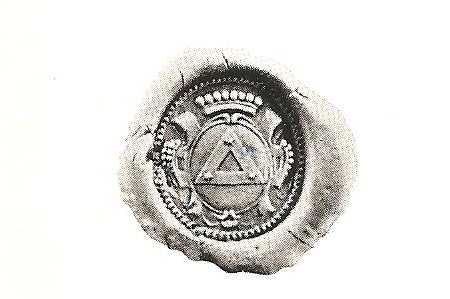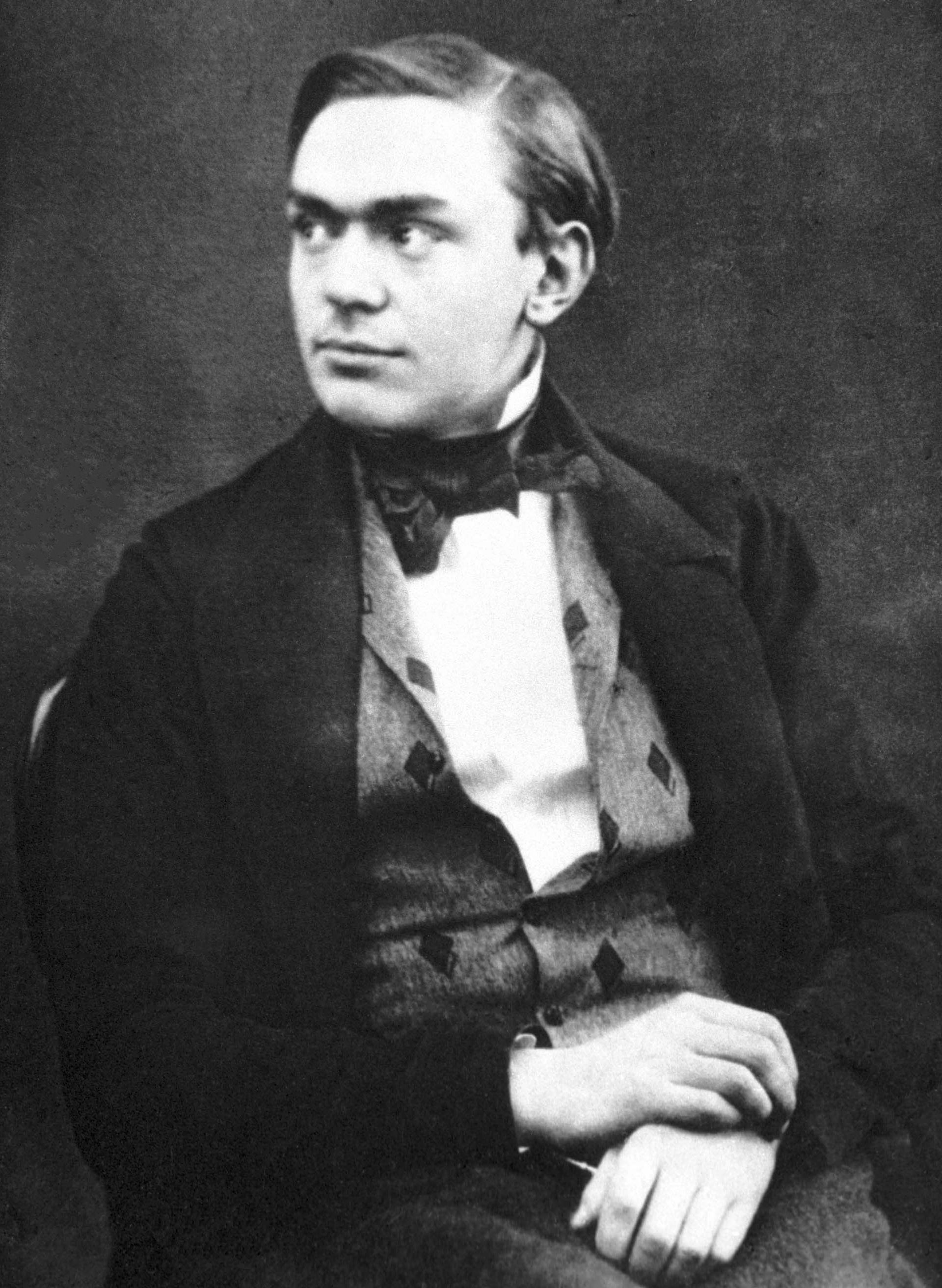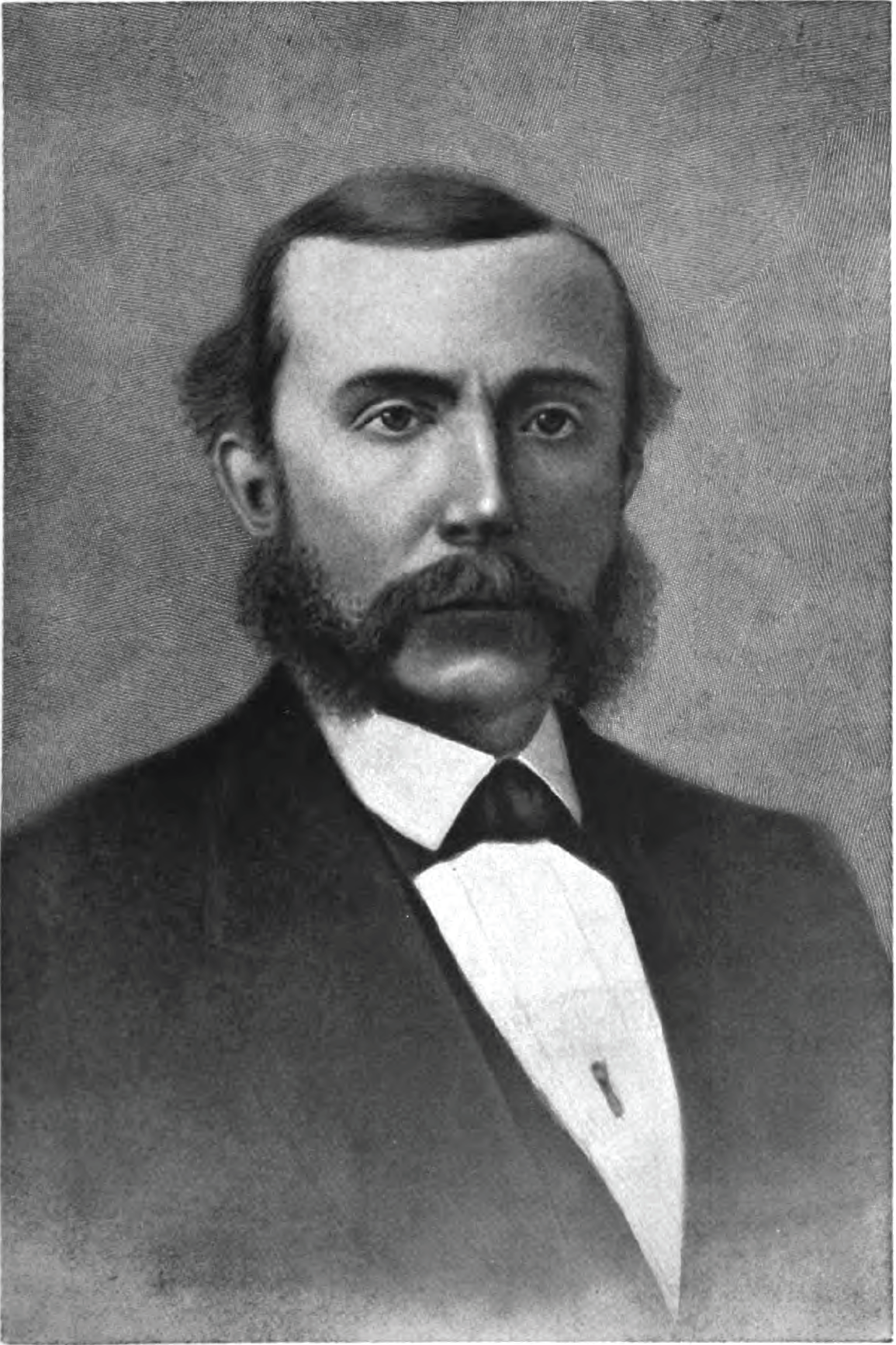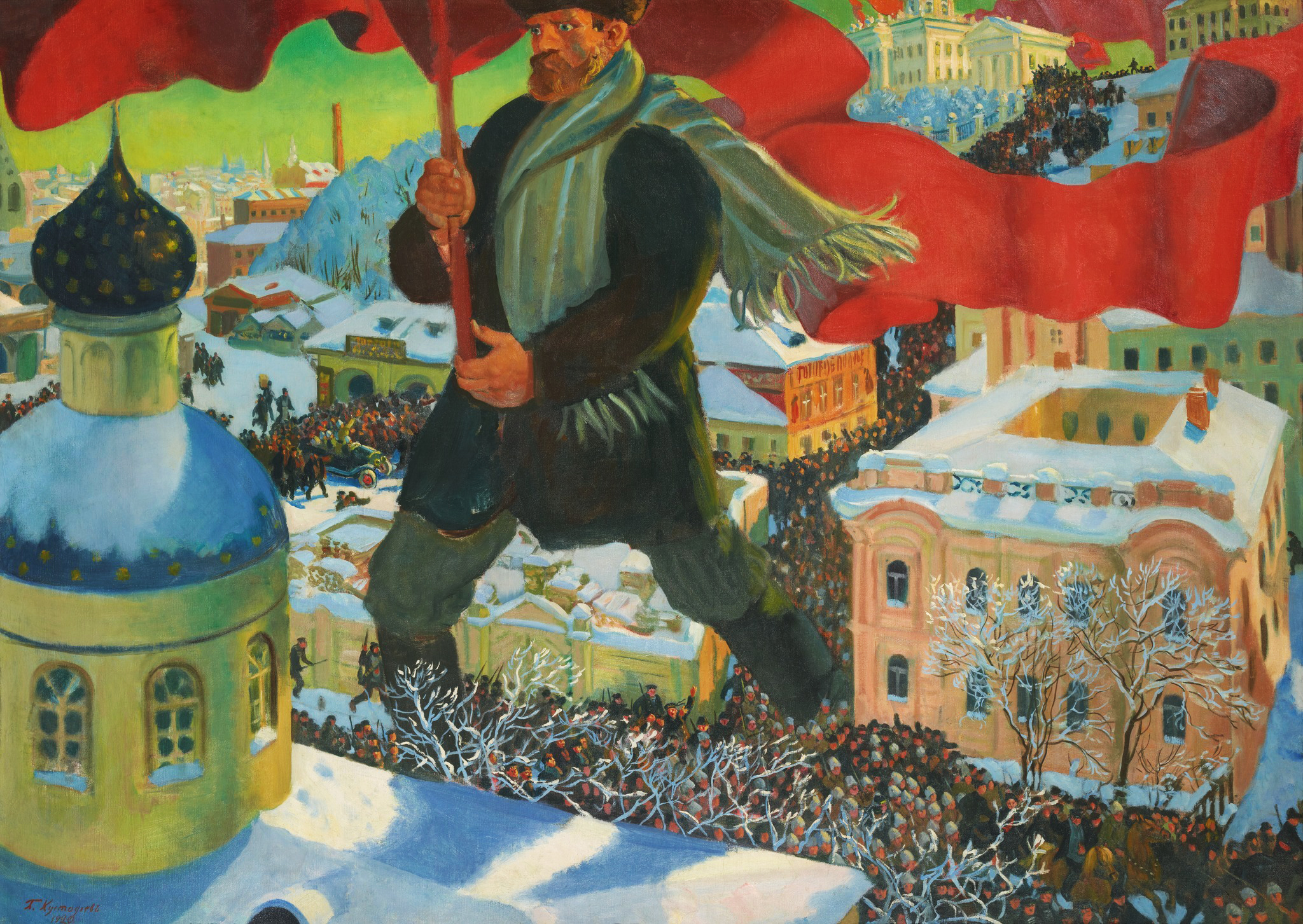|
Branobel
The Petroleum Production Company Nobel Brothers, Limited, or Branobel (short for братьев Нобель "brat'yev Nobel" – "Nobel Brothers" in Russian), was an oil company set up by Ludvig Nobel and Baron Peter von Bilderling. It operated mainly in Baku, Azerbaijan, but also in Cheleken, Turkmenistan. Originally established by Robert Nobel (who contributed 25,000 rubles) and the investments of barons Peter von Bilderling (300,000 rubles) and Standertskjöld (150,000 rubles) as a distillery in 1876, it became, during the late-19th century, one of the largest oil-companies in the world. History The Nobel Brothers Petroleum Company was an oil-producing company that had its origins in a distillery, founded by Robert and Ludvig Nobel in Baku in 1876, which, in 1879, turned into a shareholding company headquartered in St. Petersburg. The share capital of three million rubles was divided as follows: 53,7% Ludwig Nobel, 31,0% Baron Peter von Bilderling, 4,7% I.J. Zabelsk ... [...More Info...] [...Related Items...] OR: [Wikipedia] [Google] [Baidu] |
Peter Von Bilderling
Baron Peter von Bilderling (; – ) was an engineer and an officer in the Engineering Corps of the Imperial Russian Army. He was a humanism, humanist known for his writings, notably his book on the military horse, and his reorganisation of the Ijevsk arms factory, the manufacture of Berdanka carbines, and the creation of the no 4 line carbine. He founded the Tsaritsin Oil refinery, refinery with Robert Nobel and the Branobel oil company in Baku with Ludwig Nobel. Finally, he established an agricultural and meteorological station in Zapolie, where he invented the roséomètre, an instrument for measuring the dew point. He was the brother of Baron Alexandr von Bilderling, Alexandre von Bilderling, the general who participated in the Russo-Japanese War. Biography Peter von Bilderling was born to a noble Baltic German family from the Duchy of Courland and Semigallia. His father, Alexandre Otto Hermann Grigoriévitch von Bilderling, was a lieutenant-general in the Engineering Corps. ... [...More Info...] [...Related Items...] OR: [Wikipedia] [Google] [Baidu] |
Nobel Family
The Nobel family ( ), is a prominent Swedish family closely related to the history both of Sweden and of Russia in the 19th and 20th centuries. Its legacy includes its outstanding contributions to philanthropy and to the development of the armament industry and the oil industry. Some of its foremost members are Immanuel Nobel the Younger, the engineer, developer of underwater naval mines and inventor of the rotary lathe used to produce plywood, Ludvig Nobel, the founder of Branobel and one of the richest and the most important men in Russia at his time, and Alfred Nobel, the inventor of dynamite who left the major part of his estate to the creation of the Nobel Prizes. Origins The Nobel family originated from the Scanian village of Östra Nöbbelöv, hence their surname. The first member was Petrus Olai Nobelius (1655–1707) who married Wendela Rudbeck (1668–1710), sister of Olof Rudbeck the Younger, daughter of the famous Swedish scientist Olaus Rudbeck the Elder a ... [...More Info...] [...Related Items...] OR: [Wikipedia] [Google] [Baidu] |
Robert Nobel
Robert Hjalmar Nobel ( , ; 4 August 1829 – 7 August 1896) was a Swedish businessman, industrialist and investor. He was the founder of Branobel, and a pioneer in the Russian oil industry. Biography Robert Nobel was born in Maria Magdalena parish in Stockholm, Sweden, the eldest son of Andriette Nobel, Karolina Andrietta Ahlsell and her husband Immanuel Nobel. He was the brother of Emil Oscar Nobel, Ludvig Nobel and Alfred Nobel. Robert Nobel started Branobel, an important early oil company which controlled a significant amount of Russian oil output. In 1873 he started his business in Baku, Azerbaijan and began to interest his brother Ludvig in the growing company. In 1876, he bought an interest in an oil refinery in Baku. In 1878, together with the third brother Alfred Nobel, the two brothers formed Branobel, Naftabolaget Bröderna Nobel (Branobel). In 1880, Ludvig took over the business because Robert's health was failing. Robert returned to Sweden to seek a cure. He ... [...More Info...] [...Related Items...] OR: [Wikipedia] [Google] [Baidu] |
Ludvig Nobel
Ludvig Immanuel Nobel ( ; ; ; 27 July 1831 – 12 April 1888) was a Swedish-Russian engineer, a noted businessman and a humanitarian. One of the most prominent members of the Nobel family, he was the son of Immanuel Nobel (also an engineering pioneer) and Andriette Nobel, and the older brother of Alfred Bernhard Nobel, Alfred Nobel (founder of the Nobel Prize). With his brother Robert Nobel, Robert, he operated Branobel, an oil company in Baku (now in Azerbaijan) which at one point produced 50% of the world's oil. He is credited with creating the Russian oil industry. Ludvig Nobel built the largest fortune of any of the Nobel brothers and was one of the world's richest men. Following the Bolshevik revolution, the communists confiscated the Nobel family's vast fortune in Russia. Early history Nobel was born in Stockholm. At 28 years old, he was given by his father's creditors the technical management of the family business, Fonderies et Ateliers Mécaniques Nobel Fils, a factory ... [...More Info...] [...Related Items...] OR: [Wikipedia] [Google] [Baidu] |
Emanuel Nobel
Emanuel Ludvig Nobel ( , ; Saint Petersburg, 1859 – Stockholm, 31 May 1932) was a Swedish oil baron, the eldest son of Ludvig Nobel and his first wife, Mina Ahlsell, grandson of Immanuel Nobel and nephew of Alfred Nobel. Businessman After his father's death, in 1888, Emanuel Nobel took over the running of the Nobel family's oil business, Branobel, an oil empire that was based in Baku and was the largest oil company in Europe, of which he and his brothers and sisters were by far the main shareholders, followed by his uncles Alfred and Robert. Carl Nobel, Emanuel's brother, was put in charge of the Machine-Building Factory Ludvig Nobel. Emanuel Nobel was a very forward-looking businessman, just like his father, who had instigated the construction of Russia's first pipeline and the world's first oil tanker in 1878, as well as the world's first railway tank cars in 1883. On 16 February 1898 Emanuel signed a licence agreement in Berlin with Rudolf Diesel, after having heard Di ... [...More Info...] [...Related Items...] OR: [Wikipedia] [Google] [Baidu] |
Alfred Nobel
Alfred Bernhard Nobel ( ; ; 21 October 1833 – 10 December 1896) was a Swedish chemist, inventor, engineer, and businessman. He is known for inventing dynamite, as well as having bequeathed his fortune to establish the Nobel Prizes. He also made several other important contributions to science, holding 355 patents during his life. Born into the prominent Nobel family in Stockholm, Nobel displayed an early aptitude for science and learning, particularly in chemistry and languages; he became fluent in six languages and filed his first patent at the age of 24. He embarked on many business ventures with his family, most notably owning the company Bofors, which was an iron and steel producer that he had developed into a major manufacturer of cannons and other armaments. Nobel's most famous invention, dynamite, was an explosive made using nitroglycerin, which was patented in 1867. He further invented gelignite in 1875 and ballistite in 1887. Upon his death, Nobel donated his fortun ... [...More Info...] [...Related Items...] OR: [Wikipedia] [Google] [Baidu] |
Marta Nobel-Oleinikoff
Marta Helena Nobel-Oleinikoff (Russian: Марта Людвиговна Нобель-Олейникова), née Marta Helena Nobel (9 October 1881, Saint Petersburg – 1973, Stockholm), was a Russian-Swedish physician and philanthropist and member of the Nobel family. She was the daughter of industrialist and humanitarian Ludvig Nobel and the niece of Alfred Nobel. In 1904, she graduated from the St. Petersburg's Women's Medical Institute, presently First Pavlov State Medical University of St. Peterburg, its Surgery Clinic. She was the head physician of the Branobel war hospital and was awarded the Finnish Winter War Medal in 1940. In 1905, she married a doctor specialist in infectious diseases, professor G. P. Oleinikoff. She was the grandmother of Michael Nobel. Nobel opposed the creation of the Bank of Sweden prize in economics, and stated in a letter to the Nobel Foundation The Nobel Foundation () is a private institution founded on 29 June 1900 to manage the finan ... [...More Info...] [...Related Items...] OR: [Wikipedia] [Google] [Baidu] |
Turkmenistan
Turkmenistan is a landlocked country in Central Asia bordered by Kazakhstan to the northwest, Uzbekistan to the north, east and northeast, Afghanistan to the southeast, Iran to the south and southwest and the Caspian Sea to the west. Ashgabat is the capital and largest city. It is one of the six independent Turkic states. With a population over 7 million, Turkmenistan is the 35th most-populous country in Asia and has the lowest population of the Central Asian republics while being one of the most sparsely populated nations on the Asian continent. Turkmenistan has long served as a thoroughfare for several empires and cultures. Merv is one of the oldest oasis-cities in Central Asia, and was once among the biggest cities in the world. It was also one of the great cities of the Islamic world and an important stop on the Silk Road. Annexed by the Russian Empire in 1881, Turkmenistan figured prominently in the anti-Bolshevik movement in Central Asia. In 1925, Turkmenistan be ... [...More Info...] [...Related Items...] OR: [Wikipedia] [Google] [Baidu] |
Vladimir Shukhov
Vladimir Grigoryevich Shukhov (; – 2 February 1939) was a Russian and Soviet engineer-polymath, scientist and architect renowned for his pioneering works on new methods of analysis for structural engineering that led to breakthroughs in industrial design of the world's first hyperboloid structures, diagrid Thin-shell structure, shell structures, tensile structures, gridshell structures, oil reservoirs, Pipeline transport, pipelines, boilers, ships and barges. He is also the inventor of the Shukhov cracking process, first cracking method. Besides the innovations he brought to the oil industry and the construction of numerous bridges and buildings, Shukhov was the inventor of a new family of doubly curved structural forms. These forms, based on non-Euclidean hyperbolic geometry, are known today as hyperboloids of revolution. Shukhov developed not only many varieties of light-weight hyperboloid towers and roof systems, but also the mathematics for their analysis. Shukhov is part ... [...More Info...] [...Related Items...] OR: [Wikipedia] [Google] [Baidu] |
Standard Oil
Standard Oil Company was a Trust (business), corporate trust in the petroleum industry that existed from 1882 to 1911. The origins of the trust lay in the operations of the Standard Oil of Ohio, Standard Oil Company (Ohio), which had been founded in 1870 by John D. Rockefeller. The trust was born on January 2, 1882, when a group of 41 investors signed the Standard Oil Trust Agreement, which pooled their securities of 40 companies into a single holding agency managed by nine trustees. The original trust was valued at $70 million. On March 21, 1892, the Standard Oil Trust was dissolved and its holdings were reorganized into 20 independent companies that formed an unofficial union referred to as "Standard Oil Interests." In 1899, the ExxonMobil, Standard Oil Company (New Jersey) acquired the shares of the other 19 companies and became the holding company for the trust. Jersey Standard operated a near monopoly in the American oil industry from 1899 until 1911 and was the largest corp ... [...More Info...] [...Related Items...] OR: [Wikipedia] [Google] [Baidu] |
Bolsheviks
The Bolsheviks, led by Vladimir Lenin, were a radical Faction (political), faction of the Marxist Russian Social Democratic Labour Party (RSDLP) which split with the Mensheviks at the 2nd Congress of the Russian Social Democratic Labour Party, Second Party Congress in 1903. The Bolshevik party, formally established in 1912, seized power in Russia in the October Revolution of 1917, and was later renamed the Russian Communist Party, All-Union Communist Party, and ultimately the Communist Party of the Soviet Union. Its ideology, based on Leninism, Leninist and later Marxism–Leninism, Marxist–Leninist principles, became known as Bolshevism. The origin of the RSDLP split was Lenin's support for a smaller party of professional revolutionaries, as opposed to the Menshevik desire for a broad party membership. The influence of the factions fluctuated in the years up to 1912, when the RSDLP formally split in two. The political philosophy of the Bolsheviks was based on the Leninist pr ... [...More Info...] [...Related Items...] OR: [Wikipedia] [Google] [Baidu] |
Red Army Invasion Of Azerbaijan
The Red Army invasion of Azerbaijan, also known as the Sovietization or Soviet invasion of Azerbaijan, took place in April 1920. It was a military campaign conducted by the 11th Army of Soviet Russia with the aim of installing a new Soviet government in the Azerbaijan Democratic Republic. This invasion occurred simultaneously with an anti-government insurrection organized by local Azerbaijani Bolsheviks in the capital city of Baku. As a result of the invasion, the Azerbaijan Democratic Republic was dissolved, and the Azerbaijan Soviet Socialist Republic was established. During 1919–1920, Azerbaijan was grappling with a severe political and socio-economic crisis, and the internal political situation was highly volatile. Armed conflicts were occurring between various political and social factions across the provinces of the country. Simultaneously, since the collapse of Soviet power in 1918, underground organizations comprising diverse political parties and socialist-oriented grou ... [...More Info...] [...Related Items...] OR: [Wikipedia] [Google] [Baidu] |







